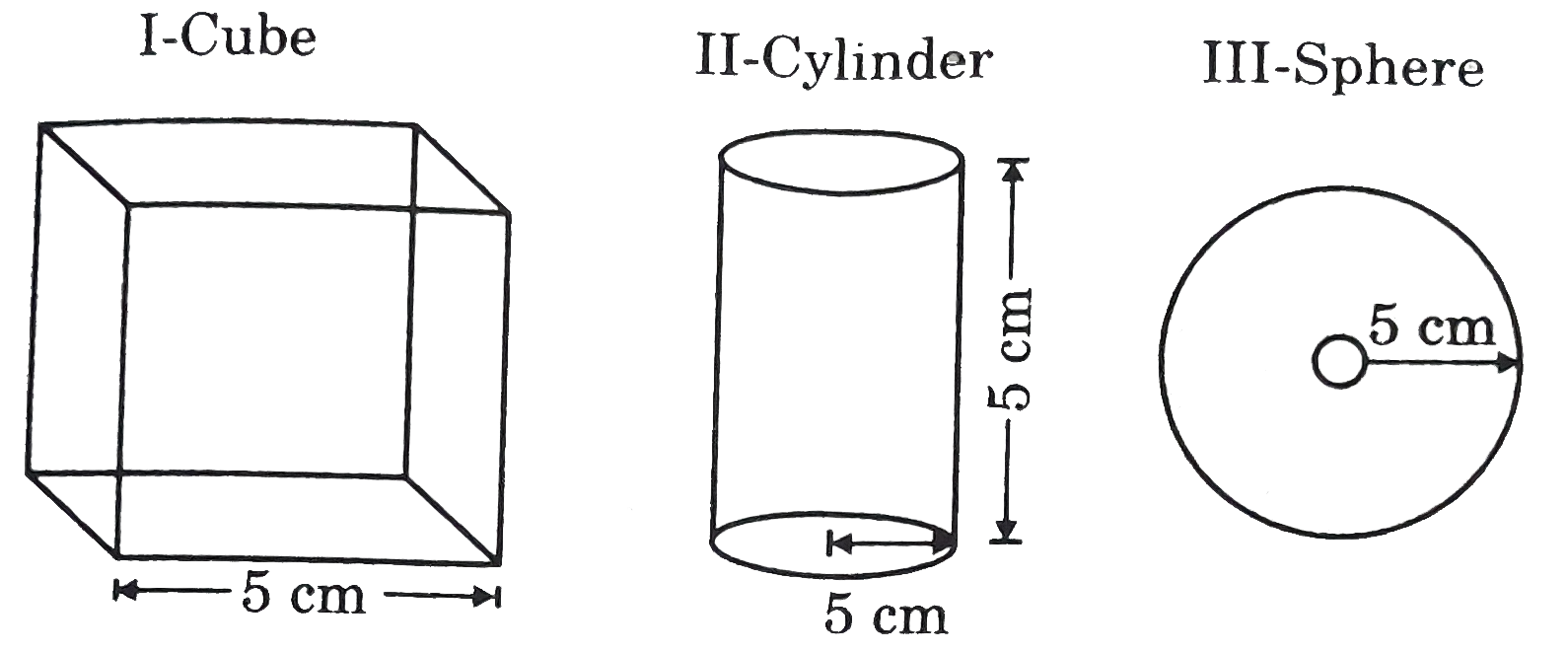Two large glass containers of equal volume each hold 1 mole of gas. Container 1 is filled with hydrogen gas (2g/mol), and container 2 holds helium (4g/mol). If the pressure of the gas in container 1 equals the pressure of the gas in container 2, which of the following is true?
The temperature of the gas is container 1 is lower than the temperature of the gas is container 2.
The temperature of the gas in container 1 is greater than the temperature of the gas in container 2.
The value of R for the gas in container 1 is 12 the value of R for the gas is container 2.
The rms speed of the gas molecules in container 1 is greater than the rms speed of the gas molecules in container 2.
The correct Answer is:D
Neither (A) nor (B) can be correct, using PV=nRT, both containers have the same V, n is the same, P is the same, and R is a universal constant. Therefore, T must be the same for both samples. Choice (C) is also wrong, since R is a universal constant. the kinetic theory of gases predicts that the rms speed of the gas molecules in a sample of molar mass M and temperature is T is
vrms=√3RTM.
Hydrogen has a smaller molar mass than does helium, so vrms for hydrogen must be greater than vrms for helium (because both samples are at the same T).
Topper's Solved these Questions
- HEAT AND THERMODYNAMICSBOOK - PRINCETONCHAPTER - HEAT AND THERMODYNAMICSEXERCISE - COMPREHENSIVE DRILL
10 Videos
- CURVED AND ROTATIONAL MOTIONBOOK - PRINCETONCHAPTER - CURVED AND ROTATIONAL MOTIONEXERCISE - COMPREHENSIVE DRILL
11 Videos
- KINEMATICSBOOK - PRINCETONCHAPTER - KINEMATICSEXERCISE - MCQ
9 Videos
Similar Questions
A gas (1g) at 4 bar pressure. If we add 2gm of gas B then the total pressure inside the container is 6 bar. Which of the following is true?
View SolutionA gas in container A is in thermal equilibrium with another gas in container B. Both contain equal masses of the two gases. Which of the following can be true ?
View Solution
Knowledge Check
A gas (1g) at 4 bar pressure. If we add 2gm of gas B then the total pressure inside the container is 6 bar. Which of the following is true?
AMA=2MBBMB=2MACMA=4MBDMB=4MAA gas in container A is in thermal equilibrium with another gas in container B. Both contain equal masses of the two gases. Which of the following can be true ?
APAVA=PBBBBPA=PB,VA≠VBCPA≠PB,VA=VBDPAVA=PBVB
There are three closed containers in which equal moles of gas is filled if the containers are placed at the same temperature, then which of the following is correct?APressure in I is the maximum.BPressure in II is the maximum.CPressure in III is the maximum.DAll in III is the maximum.
A container is filled with hydrogen gas at a pressure of 15 atm at 15∘C . At what temperature will the pressure inside the container be 30 atm ?
View SolutionA container is filled with hydrogen gas at a pressure of 15 atm at 15∘C . At what temperature will the pressure inside the container be 30 atm ?
View SolutionA gas is filled in a container whose mass is 916.4 g. The mass of the gas plus container is found to be 917.64g. If the container can hold 1107 cm3 of water, find the density of the gas.
View SolutionA balloon contains 2.0 g of hydrogen gas. A second balloon contains 4.0 g of helium gas. Both balloons are at the same temperature and pressure. Pick the false statement from the following list.
View SolutionA gas is at a pressure of 2 atm at 0∘ is filled in a container . At what temperature, pressure of gas will be 4 atm?
View Solution
